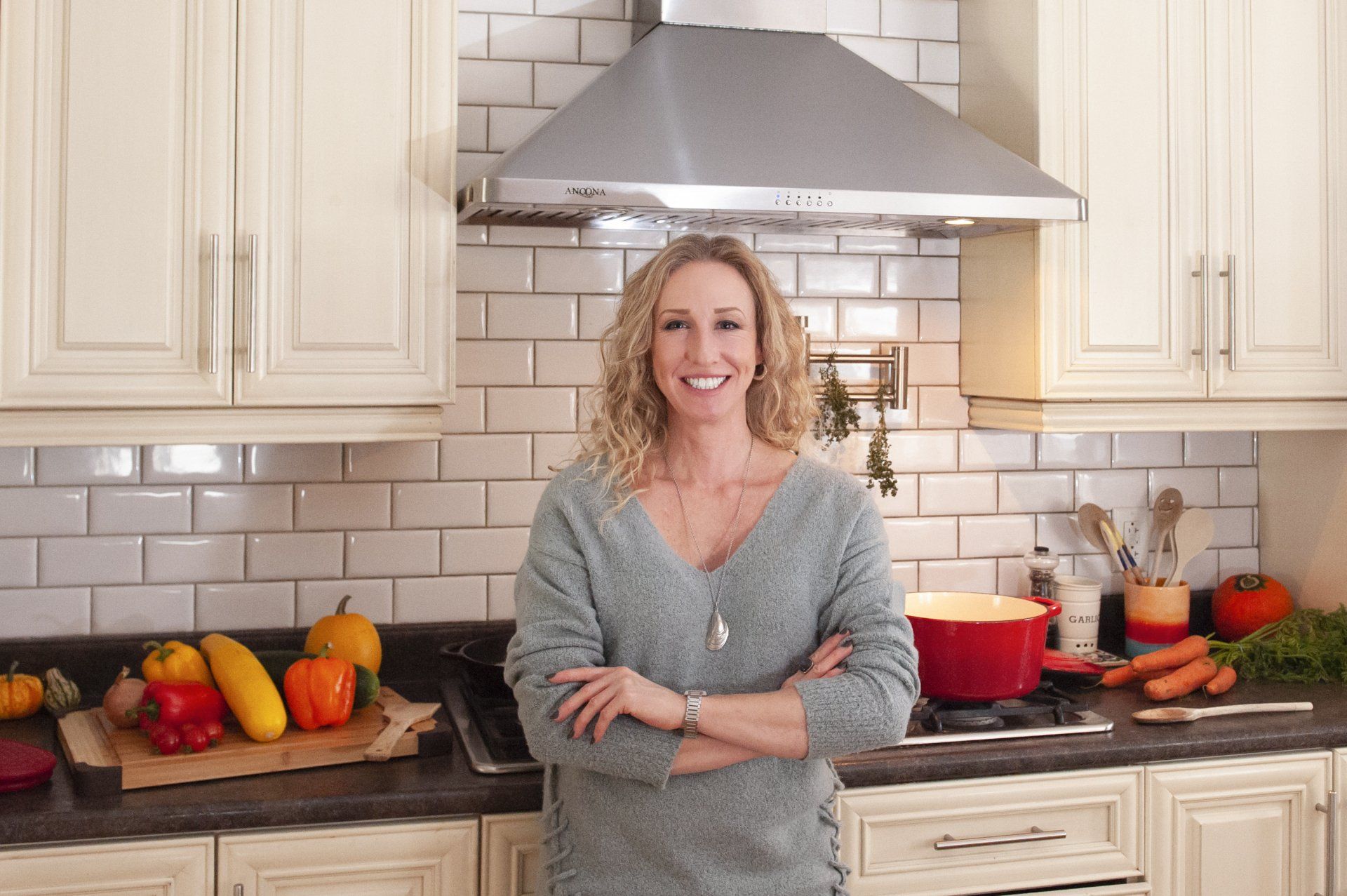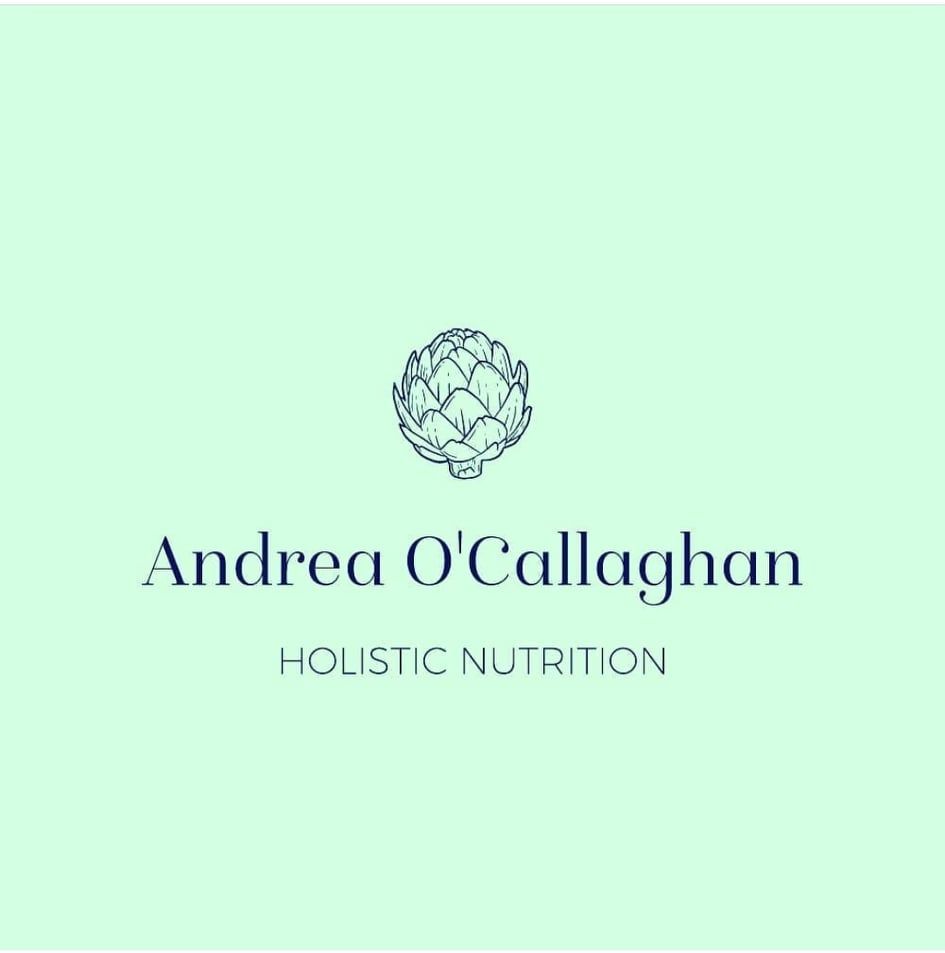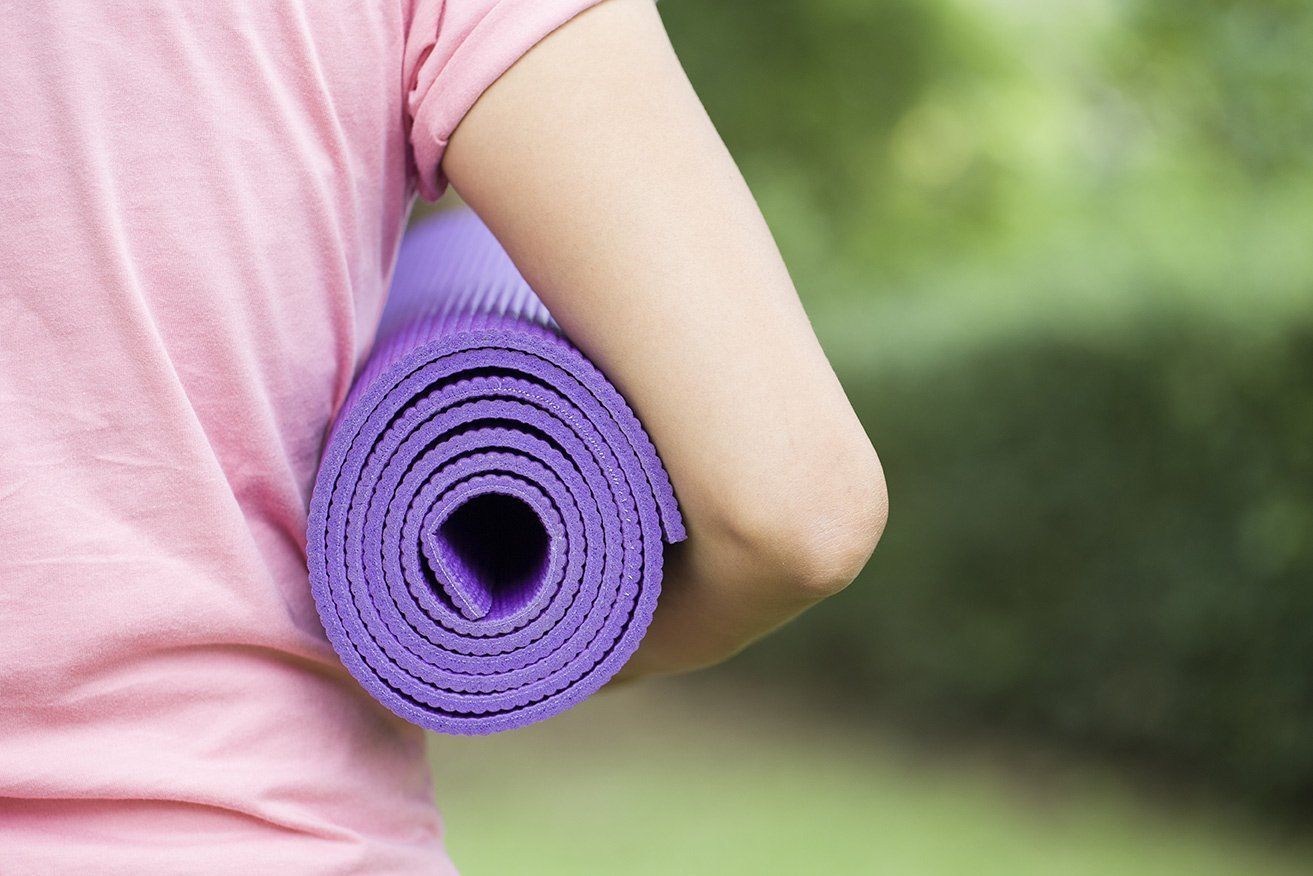My Story
Andrea O'Callaghan • May 2, 2020
Let's create a more personal connection by learning more about my story and holistic nutrition.

I was born in the mid-seventies in St. John’s, Newfoundland. I come from a medical family of doctors and nurses, but I was always drawn to alternative forms of healing and natural medicine. I attended university in my home city, then spent the next ten years travelling and working across Canada, Spain, and Ireland. I married and had my first child while living overseas. By the time I had a third child, we had moved back to St. John’s to be closer to my family. At this point, I was a stay-at-home mom with three children under the age of five. With a husband who traveled a lot for his job, I was alone with my babies much of the time and feeling overwhelmed with it all. My diet was pretty terrible, with lots of processed foods and sugar. And if it weren’t for coffee ...well, I just don’t know how any of us would have made it back in those days! Still, I was exhausted and stressed, with digestion and blood sugar issues. I was literally just surviving day to day, and trying to enjoy my children while feeling awful every day. Then, when my youngest was still an infant, I was diagnosed with thyroid cancer.
After being treated, I realized how lucky I was to have a cancer with such a good prognosis. But as you most likely know, once you get a cancer diagnosis, it is a lifetime concern. I decided then and there that I wanted to be strong and well for myself and my children. I also knew that my personal interest in natural health was the key for me to achieve this. I began a journey of healing. Slowly, I began to clean up my diet by removing processed foods and a lot of sugar. And slowly, I began to feel better. My children were in school at this point, and my interest in healthy eating led to the desire to learn more. I decided to go back to school and study nutrition. I also intuitively felt that it was food coupled with lifestyle and spiritual factors that supported a state of health. In my search for a discipline that encompassed these beliefs, I found holistic nutrition. With its consideration of body, mind and spirit, I knew this was what I was looking for.
Throughout my time of study, I continued on my personal journey to good health. With the knowledge I gained and put into practice, I became who I was meant to be - a happy, energetic woman who was capable of dealing with stress and living with the zest for life I had always felt. My digestion and blood sugar were improved, and I felt better than I ever had in my whole life. I could finally be the mom I had always wanted to be...and I am cancer free to this day. My love for good food and the way it supports us to be our best selves is one of my biggest passions. So that is my story, and I share it because I believe a personal connection is key in developing trust when you work with others. This is the spirit I bring to my work, and I look forward to hearing your story. Are you ready to go on this journey together?

The formula is simple: Diverse diet = Diverse microbes = Good health . That is all we have to do help improve our gut health. The problem is we do not have a diverse diet. I remember when I used to eat the same thing for breakfast EVERY DAY when I was in high school, for example (we won't dwell too long on the fact that it was cinnamon sugar toast) . Even as I got more health conscious and upgraded my breakfasts to include smoothies, I would make a smoothie every morning! Definitely an improvement over cinnamon sugar toast, but the same thing every day is not ideal, either. This is not just about a processed diet vs whole food diet. Yes, a processed food diet is bad for our good microb es, but a whole food diet that is not diverse can also be problematic for the diversity of our gut. Most of us consume no more than 15 different foods in a week. This is not diversity, even if we hit all the food groups. Then there are those who choose to el iminate food groups such as grains and legumes. T his is taking out a range of substantial foods that will feed many beneficial bacterial species. And believe it or not, there are still people – adult people – who refuse to eat vegetables, and they are prou d of it. Again, vegetables represent all kinds of foods that will feed a lot of different species. This is just basic diversity, and it gets more complicated. So not only do we all need to be more adventurous and try to eat different foods, we need to eat d ifferent varieties of the same food. This is one of biggest changes we have had in our diets that make us different from our ancestors. They ate a greater variety of foods than we eat today, and they grew different varieties of the same food. This was g ood for the soil, it helped protect them against potential crop loss, and it increased the nutrients available to them in their diet. J ust like with money, it is important to diversify. Today, agriculture does not function that way. Farmers grow few crop types, and seldo m do they grow more than one variety of the same crop. There are over 6000 varieties of tomatoes – each one has different properties and a different nutrient composition!! We are missing out on a lot. And while we cannot possibly consume 6000 different vari eties, we can expand our repertoire, especially in the summer, and seek out as many varieties as we can find. Heirloom varieties are something I get really excited about when it comes to growing things in my own garden. So while researchers continue to unravel the mystery of our gut and figure out what we should feed it, specifically for specific benefits, we can d o more to increase the diversity and build a stronger gut by eating new foods. This week, buy three new foods you do not eat regularly. They can be foods you have never had or foods you like but for some reason never buy. Here are a few things you can do t o diversify: Buy yellow or rainbow beets instead of red beets. Choose purple or white carrots instead of orange. Look for heritage varieties and buy them when you find them. Go to farmer’s markets and talk to the local farmers. Generally, these are the farmers who still grow a variety of crops. Let them know you are interested in trying different varieties of tomatoes or potatoes etc. Shop at ethnic stores and look for new grains and legumes. Go to ethnic restaurants - this way someone else can prepare the foods for you. Think of the fun and adventure you can have – you and your microbes will be happier!! Reference: Mark L. Heiman, Frank L. Green way. A healthy gastrointestinal microbiome is dependent on dietary diversity. Molecular Metabolism, 2016; DOI: 10.1016/j.molmet.2016.02.005


